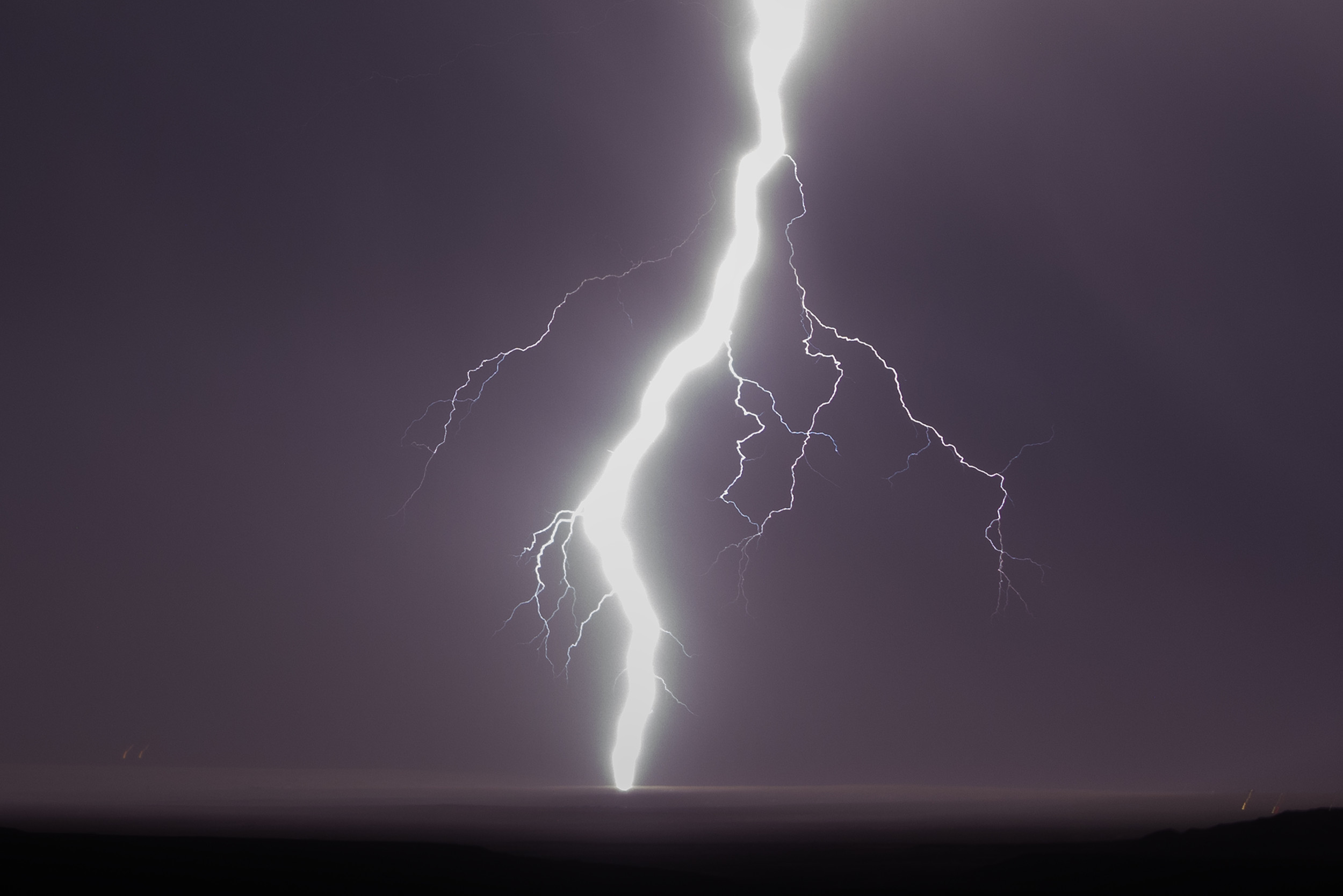In a heartbreaking twist of fate, Audun Groenvold, the revered Norwegian Olympic ski cross medalist, has passed away at the age of 49 after being struck by lightning during a cabin trip. Known for his remarkable performance at the 2010 Winter Olympics in Vancouver, where he captured a bronze medal, Groenvold's impact on the skiing world was profound. His sudden and tragic death, which occurred while he was enjoying a cabin trip, has left a void in the hearts of his family, friends, and fellow athletes.
Did You Know
Cows have best friends and can become stressed when separated from them.
?
AD
The news of Groenvold's passing has sent shockwaves through the sports community, igniting an outpouring of tributes that celebrate his achievements and showcase the deep respect he garnered throughout his career. Colleagues and fans alike have expressed their sorrow, hailing him as not only a champion on the slopes but also a beloved figure off them. His legacy will live on not just in his accolades but in the memories of those who had the privilege to know him and witness his passion for skiing.
This tragic incident serves as a stark reminder of the unpredictable nature of summer storms and the lethal potential of lightning. As the sports world mourns Groenvold, his death shines a light on the need for increased awareness about safety during outdoor activities in adverse weather. In the wake of this loss, his spirit and determination will continue to inspire future generations of athletes who aspire to follow in his tracks.
Q&A (Auto-generated by AI)
What causes lightning strikes?
Lightning strikes are caused by the buildup of electrical charges in thunderstorms. When the difference in charge becomes too great, a discharge occurs, creating a lightning bolt. This process typically involves the separation of positive and negative charges within a cloud, as well as between the cloud and the ground.
How common are lightning fatalities?
Lightning fatalities are relatively rare but can be deadly. In the U.S., an average of 20 to 30 people are killed by lightning each year. Factors such as geography, weather conditions, and outdoor activities influence these statistics, with more incidents occurring during summer thunderstorms.
What safety measures exist for outdoor activities?
Safety measures for outdoor activities during thunderstorms include seeking shelter indoors, avoiding open fields and tall objects, and staying away from water. It's crucial to monitor weather forecasts and heed warnings about severe storms to reduce the risk of lightning strikes.
What are the effects of lightning on the human body?
Lightning can cause severe injuries or death due to its immense electrical energy. Common effects include burns, cardiac arrest, and neurological damage. Survivors may experience long-term issues such as memory loss, sleep disturbances, and chronic pain.
How do different regions experience lightning?
Regions with warm, humid climates, such as Florida and the southeastern U.S., experience more lightning due to frequent thunderstorms. Conversely, arid regions like the West have fewer lightning events. Geography, elevation, and local weather patterns significantly influence lightning frequency.




:max_bytes(150000):strip_icc():focal(1184x618:1186x620)/Archery-range-071625-9fdbb4f74b5449d98e64a85e7b2b8d7c.jpg)














